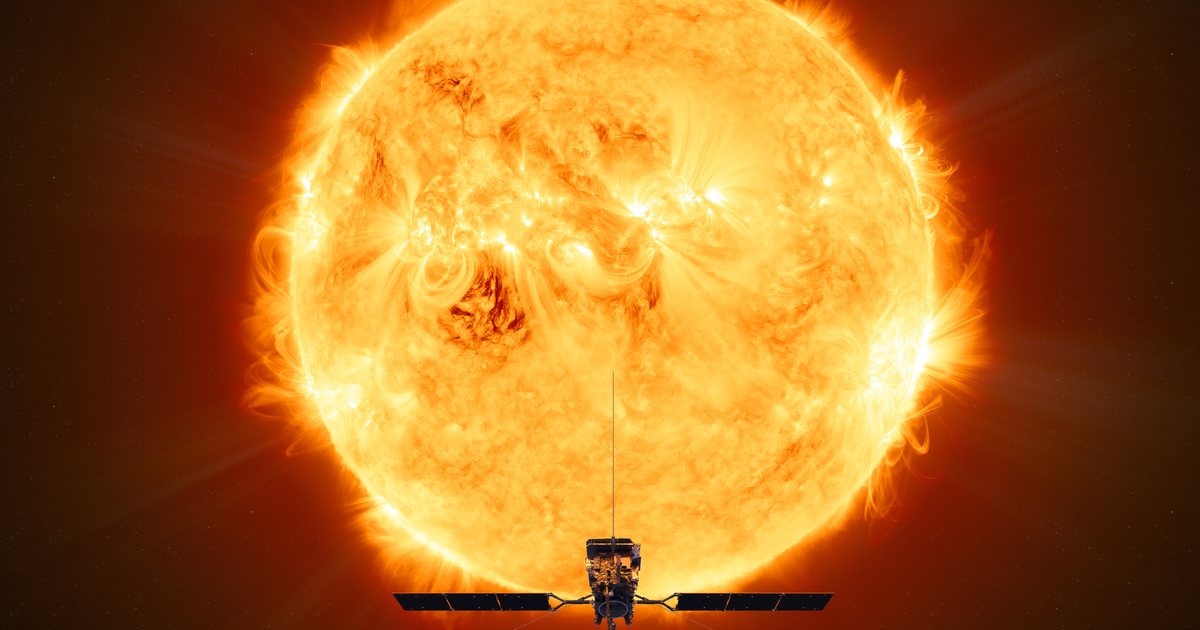The Solar Orbiter probe from the European Space Agency (ESA) and NASA has discovered a multitude of tiny jets of matter escaping from the outer layer of our sun. Each jet lasts between 20 and 100 s and expels plasma at a speed of about 100 km/s. These jets could be the source of the solar wind, explains the ESA in a recent press release.
“The solar wind is made up of charged particles that continuously escape from the Sun. It spreads outward into interplanetary space, colliding with anything in its path. When the solar wind [rencontre] the magnetic field of the Earth, it produces auroras”, explains the ESA, which adds that it has been a source of research for decades aimed at understanding its source and mechanisms. Scientists believe that these high-temperature expelled particles have the ability to be emitted in sufficient quantities to be considered an important source of our system’s solar winds.
An answer to decades of research
These are images taken by the EUI (Extreme Ultraviolet Imager) telescope of the Solar Orbiter probe that allow us to move forward on this track. They date back to March 30, 2022, and taken from the south pole of the solar star, they reveal many faint and ephemeral features associated with small ejected plasma jets. “We were only able to detect these tiny jets thanks to the unprecedented high resolution and high frame rate images produced by EUI”preacher Lakshmi Pradeep Chitta of the Max Planck Institute for Solar System Research (Germany), and lead author of the article describing this work in the journal Science.
Research has already been able to show that a significant part of the solar wind is associated with magnetic structures called coronal holes, “that is, regions where the magnetic field of the Sun does not descend inside it”. Scientists are still trying to understand the mechanism that allows plasma streams to emerge from these holes. This discovery could finally provide the answer they have been looking for for years.
The Solar Orbiter observation satellite left Earth in February 2020 with the mission of observing our star at a distance never reached before, of the order of 62 solar radii, or some 42 million kilometers.
Sources: ESA, Science, Engadget.
